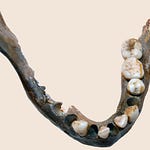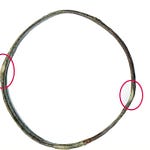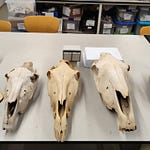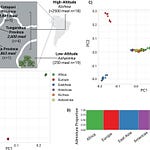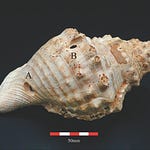The Taste of the Past
Thousands of years ago, someone—perhaps a young Neolithic woman or a farmer repairing a pot—chewed a lump of birch bark tar, softened it with saliva, and tossed it aside. What they could never have known is that, preserved in that lump of hardened resin, tiny traces of DNA and ancient proteins would survive for millennia.
Now, thanks to advances in biomolecular archaeology, that ancient gum is speaking again.
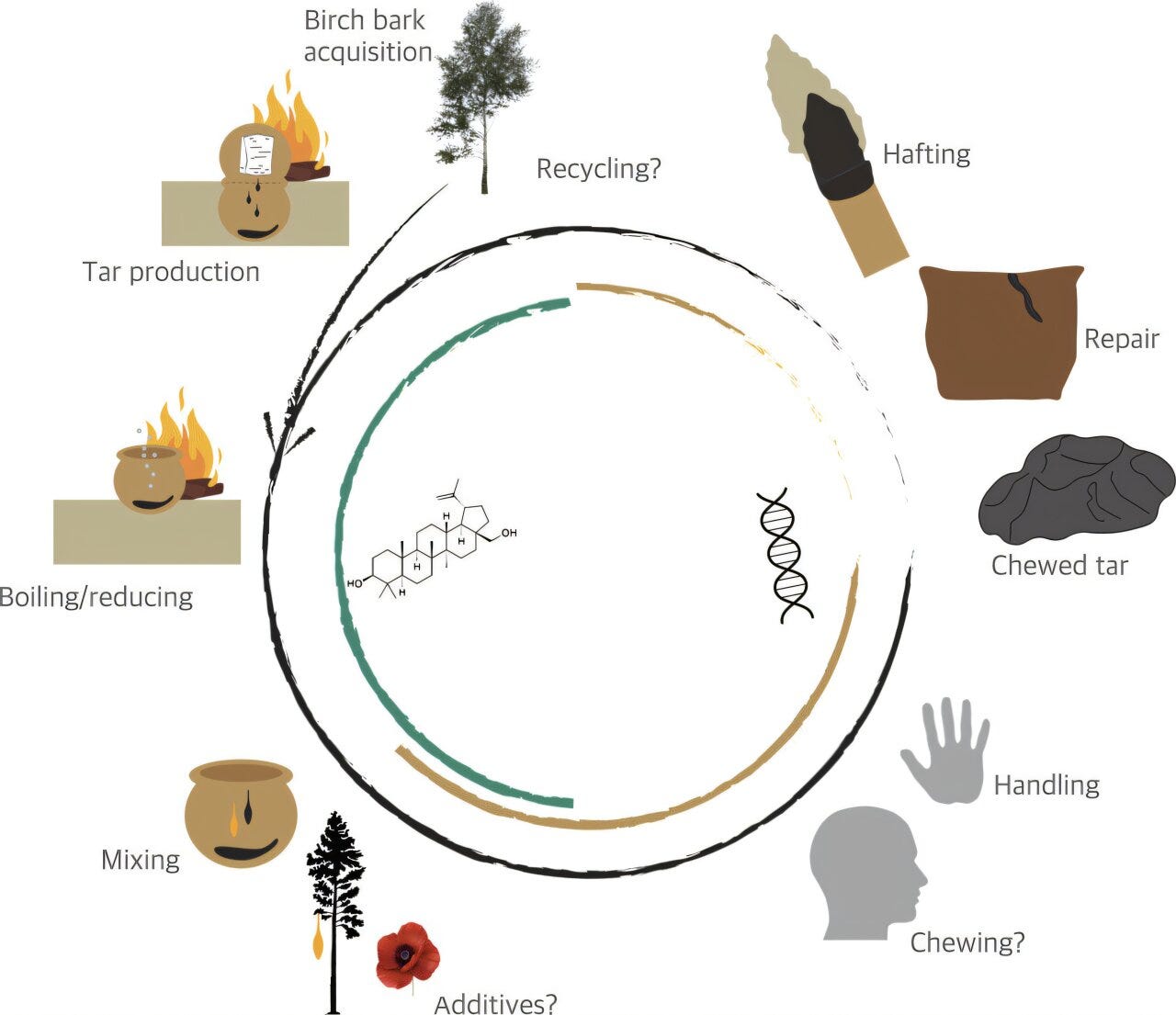
In a sweeping study published in Proceedings of the Royal Society B,1 researchers led by Anna White and Hannes Schroeder at the University of Copenhagen analyzed 30 samples of birch bark tar from Neolithic settlements across the Alpine region of Europe. Using a combination of chemical biomarker and ancient DNA analyses, they reconstructed a vivid picture of daily life: from the materials people handled to the foods they ate and even the bacteria that lived in their mouths.
“This kind of material acts like a molecular time capsule,” explains Dr. Sofia Lindgren, an archaeological geneticist at Uppsala University. “It traps traces of the human microbiome, diet, and environment in a single artifact. It’s archaeology at the molecular scale.”
Listen to this episode with a 7-day free trial
Subscribe to Anthropology.net to listen to this post and get 7 days of free access to the full post archives.


